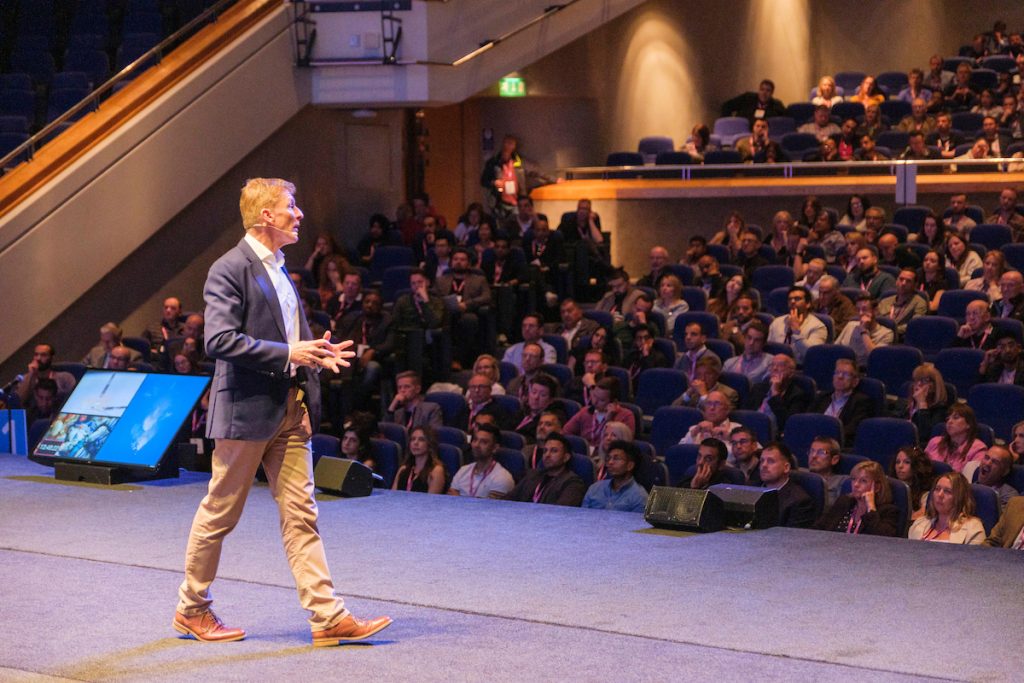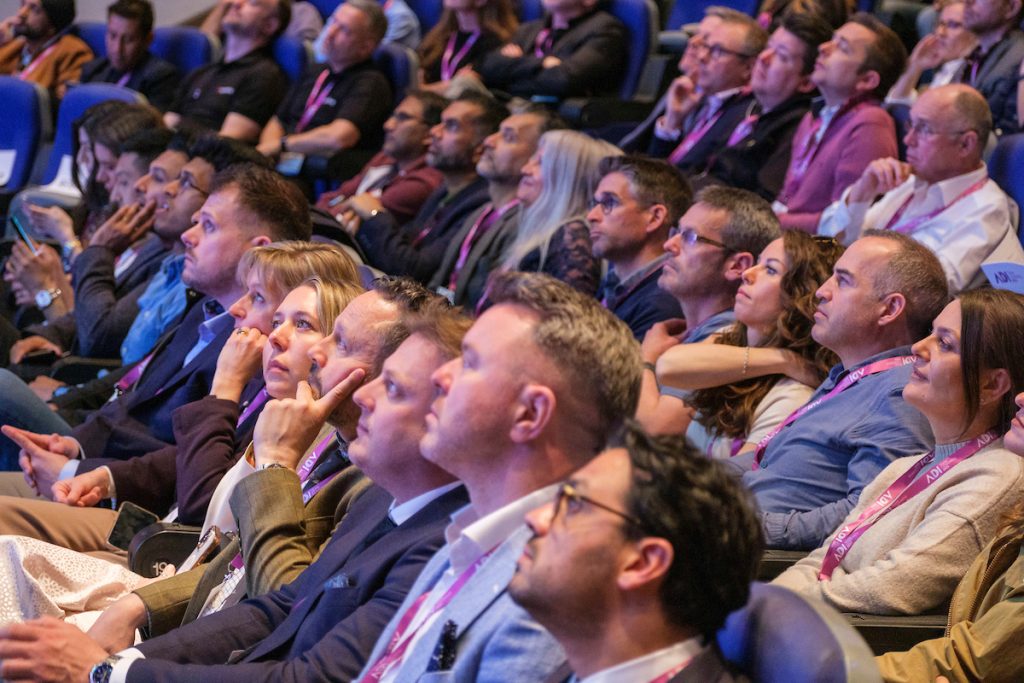The Association of Dental Implantology (ADI) combined fun with high-quality education during its recent Team Congress, where hundreds of delegates enjoyed internationally-renowned speakers, a major trade exhibition and various social events. Themed “Individual Excellence or Team Triumphs”, the dynamic programme gave all members of the dental implant team food for thought, as well as inspiring many to up their game in practice.
ADI President, Amit Patel, opened the event by thanking the amazing ADI team who had made this record-breaking Congress a possibility. He was also grateful to the Board, who “had the vision to help move the ADI forwards”, including the establishment of the brand-new Next Generation Committee for up-and-coming dentists new to the implant field.
When it comes to reaching for the stars, there was no better way to kick things off than with a keynote from someone who knows what it’s like to go to space. Tim Peake, military helicopter pilot and ESA astronaut demonstrated that no matter what the challenge, all you need for success is the right people, the right preparation and the right plan. He shared some fascinating insights into his remarkable career, demonstrating that with passion, communication and collaboration, even the greatest obstacles can be overcome.
With delegates enthused and ready to learn, the programme got off to an incredible start with Ricardo Kern and Ramón Gómez Meda discussing soft tissue tunnelling techniques and the importance of preserving teeth as a priority. It was interesting to see the latest research on GTR and the benefits this can afford before implants are considered to restore teeth, and delegates were reminded of the breadth of treatment options at their disposal.

The programme later split into various conference streams dedicated to each member of the implant team, with the Plenary Programme continuing to provide delegates with expert insight into various concepts, technologies and ideologies. Howard Gluckman discussed the management of complex defects in the aesthetic zone, offering a frank and open perspective on how these can be approached for success.
Pier Gallo maintained the same level of honesty when talking about vertical ridge augmentation. He emphasised the importance of patient selection for success with this procedure, also discussing the defect itself, the barrier, bone filling material fixation, flap management and suturing. With the focus today on both functional and aesthetic outcomes, soft tissue grafting has become an essential part of implantology, though complications remain and must always be actively mitigated.
In another popular session, Tomas Albrektsson explored the role that the immune system plays in osteointegration and marginal bone loss, suggesting that a very delicate balance must be achieved between osteoblasts and osteoplasty to achieve a good result. He explained that implantology is actually taking advantage of the body’s immune response to a foreign body and this must be understood in order to reduce the risk of complications. In many cases, bacteria are not the culprit for problems and even those considered ‘sick’ implants in the literature can still last in the mouth for several years if they are treated correctly.
Throughout the programme, digital dentistry featured heavily as a means by which to achieve the best treatment outcomes and journeys for many patients. Martin Wanendeya provided his take on the digital world, offering a wealth of advice on how delegates could make the most of the technologies available.
The lectures were complimented by a morning of hands-on workshops hosted by various implant manufacturers and suppliers. With sessions delivered by Anthogyr, Dentsply Sirona, Geistlich, Osstem, MegaGen and Sweden & Martina, delegates had the opportunity to try out new techniques and refine their practical skills in a range of areas.

Just as well-received were the social and networking events, providing a chance for delegates, speakers and exhibitors to relax with a drink or two and enjoy some downtime with friends and colleagues. The Congress Drinks were followed by a fantastic Industry Party, and the Congress Dinner on Friday night, which carried the Star Wars theme throughout with some attendees enjoying fancy dress. ADI President Amit Patel even chose to cut his 27+ inches of hair in aid of charity, raising an exceptional £16,000 for Wells on Wheels. Thank you to everyone who donated and help make it such a brilliant evening!
Initial feedback has been excellent from delegates, with comments including those from Dr James Brazier, Shire Court Dental Practice:
“I was interested to see Ricardo Kern whose surgery is depressingly good, and Martin Wanendeya’s digital knowledge is phenomenal. It’s also been good to see friends and look around the trade fair. The ADI is always very friendly and I also really like how Amit has been as President, letting others take the limelight rather than it being all about him. I would always recommend the ADI Team Congress – plus it’s very well priced.”
Dr Usman Riaz, Renovo Dental referral centre, said:
“The quality of the speakers has been key – they are world-renowned. I have flown around the globe to see them before and this is the first time I’ve seen them all in the UK, which is incredible. Things have changed so much in the field in the last few years, it’s important to learn from people who have done this before. I would absolutely recommend the ADI Team Congress to others!”
This is certainly not an event to miss for anyone interested or involved in dental implants. Be sure to join us for the Team Congress 2025 and why not join the ADI to enjoy various membership benefits in the meantime?
For more information, visit www.adi.org.uk
Become a member today!










